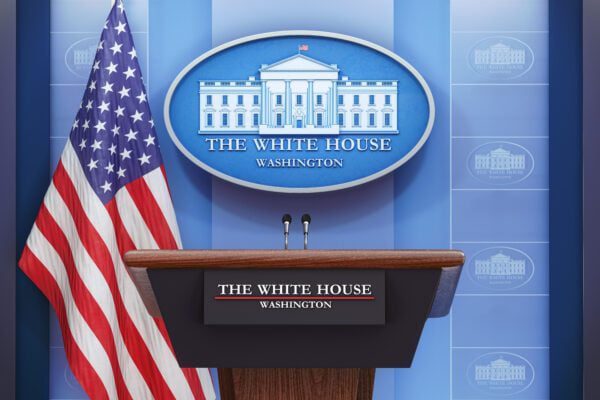During his first week in office, President Donald Trump issued several executive orders (EOs). Many of these EOs have changed the government’s stance in sectors such as the environment, foreign affairs and DEI.
Keeping in line with federal trends, Gov. Mike Braun signed an executive order replacing DEI with Merit, Excellence and Innovation (MEI), a proposal to reduce professional licensing requirements where applicable and requiring state employees to return to in-person work.

What is an executive order?
“Executive Orders are issued by the White House and are used to direct the Executive Branch of the U.S. Government,” according to the U.S. Administration for Strategic Preparedness and Response (ASPR).
The American Bar Association explained that an EO is a “signed, written and published directive from the President of the United States that managers operations of the federal government.”
EOs are not codified into law in the same way as other legislation, but they often remain in place until a change in administration. As each president enters office, they may sign multiple EOs, at times undoing the orders of the previous president.
According to the Bureau of Justice Assistance (BJA) in the U.S. Department of Justice, EOs “cite the resident’s authority under the Constitution” and can be revoked by the president at any time.
“Although executive orders have historically related to routine administrative matters and the internal operations of federal agencies, recent presidents have used executive orders more broadly to carry out policies and programs,” as stated by the BJA on their website.

Do executive orders need approval from Congress?
In short, no. Per the ASPR, once EOs are signed they “have the effect of law.” Congress does not need to approve the orders, but they can make it challenging to uphold them.
While Congress cannot overturn an order, they can nullify EOs by either removing funding or passing legislation.
“Only a sitting U.S. President may overturn an existing executive order by issuing another executive order to that effect,” according to the ABA.
Like the president, Indiana’s governor can rescind his or her order or an order from a previous governor.
Where can you find all the executive orders?
A list of the current EOs can be found online at whitehouse.gov/presidential-actions/. Past presidential EOs are listed in the Federal Register within the National Archives and can be found online at https://www.archives.gov/federal-register/executive-orders/. The American Presidency Project (APP) is an archive maintained by the University of California Santa Barbara. The APP lists nearly all EOs going back to the early nineteenth century at http://www.presidency.ucsb.edu/executive_orders.php.
You can find Braun’s EOs at in.gov/gov/newsroom/executive-orders/. A list of historical EOs can be found at https://iar.iga.in.gov/Historical-List-of-EOs.pdf.
Contact editor-in-chief Camike Jones at 317-762-7850.
Camike Jones is the Editor-in-Chief of the Indianapolis Recorder. Born and raised in Indianapolis, Jones has a lifelong commitment to advocacy and telling stories that represent the community.








